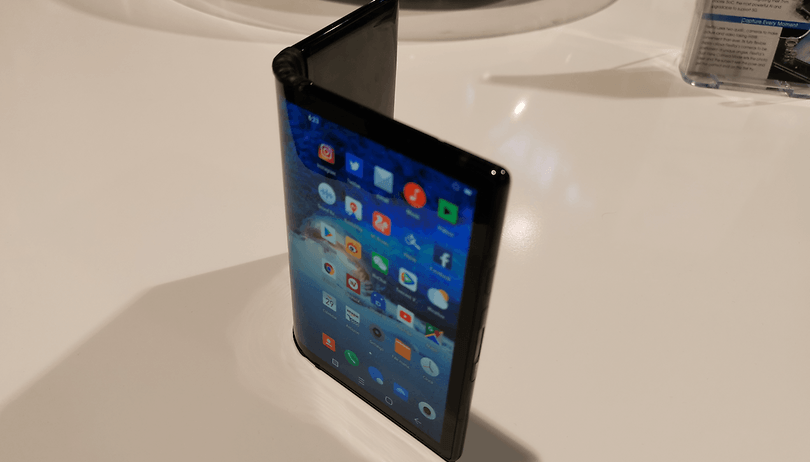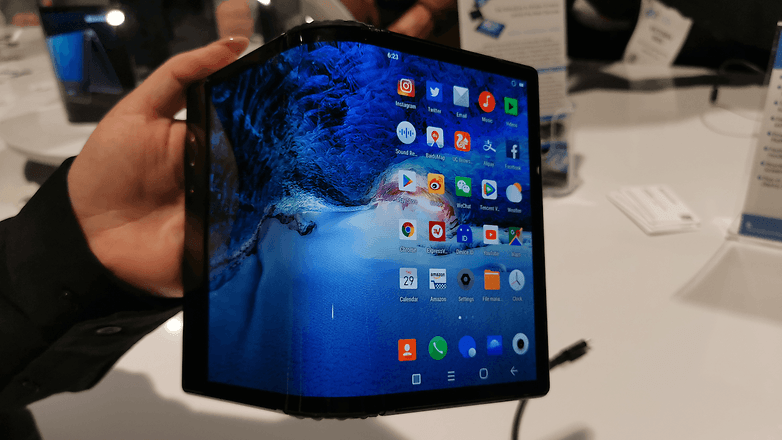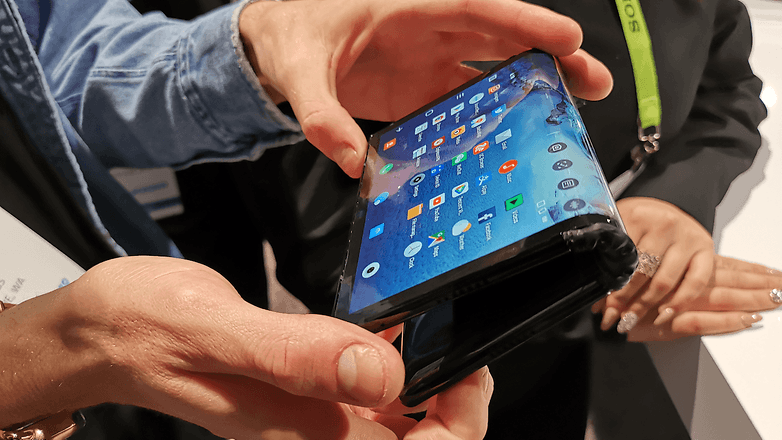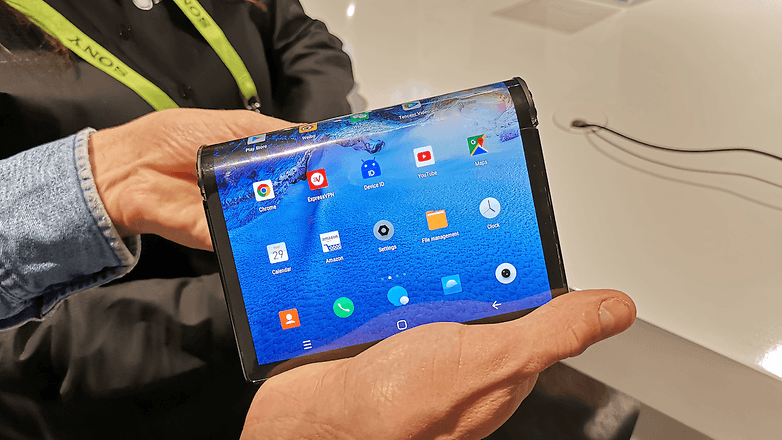Royole FlexPai hands-on: the world's first foldable smartphone


Announced at the end of October, it was only at CES in Las Vegas that we were able to get our hands on the world's first folding smartphone, the FlexPai. Manufactured by the Chinese company Royole, this smartphone is ahead of Samsung and its future folding smartphone. We were able to play with the device for several minutes and here are our impressions. So, a revolution or a gimmick gadget?
Royole beats Samsung on the finish line
We've been talking about Samsung's future foldable smartphone for months, if not years. However, it was the young (and relatively unknown) Chinese manufacturer Royole who surprised everyone by announcing a folding smartphone first.
At CES 2019, the manufacturer announced its availability and prices in China. You will need 8999 yuan (around $1300) for 6GB of RAM and 128GB of internal storage model and 12999 yuan (around $1900) for the version with 8GB of RAM and 512GB of storage. So it's quite expensive, too expensive even.

A 7.8-inch phablet
It is sometimes said that the world of technology, and particularly the realm of smartphones, no longer offers any innovation. This smartphone proves that's not true, and at a first glance, the FlexPai is definitely unique. This smartphone can indeed be folded.
Once unfolded (thanks to its 180-degree hinge), the device is the only one on the market able to offer an AMOLED screen with a diagonal size of 7.8 inches and a resolution of 1920 x 1440 pixels. It should also be noted that the screen is not quite flat.
When the device is folded, the FlexPai offers two screens, one in 16:9 format and the other in 18:9 format. It is also possible to disable one of them if you want to save energy (FlexPai even offers an automatic feature to do so).

As surprising as it may seem, this smartphone-tablet (or phablet) has acceptable proportions. Even better, FlexPai offers remarkable strength. Royole assures that its smartphone can be folded more than 200,000 times before it is damaged. That would allow you to fold it more than 100 times every day, for five years. As you can imagine, my quick hands-on did not allow me to test this claim. The device I tested had good craftsmanship for a pre-production device, despite a few small air bubbles here and there.
Despite its weight (320 grams), the FlexPai is also quite easy to handle (you just have to apply a bit of force when folding and get used to the rubberized hinge). Of course, when folded, the smartphone is rather thick and requires the use of two hands, but for a first one device of its kind, the result is fine. There is also a fingerprint reader, a dual SIM holder, but no mini-jack.

A good technical sheet but limited interest
On paper, Royole's smartphone does not disappoint. Under the hood, there's the Snapdragon 855 processor, 6 or 8 GB RAM, 128 or 256 GB storage, a 3800 mAh battery, a 16 MP wide-angle camera and a 20 MP telephoto lens.
However, the interest the device can generate is debatable since, in order for everything to work properly, Royole had to make major changes to Android Pie. This is why FlexPai runs its own customization - Water OS. While it performs quite well overall (the smartphone still crashed during my first use and a restart was necessary), no Android application is ready to take full advantage of this screen and that's a concern. Its screen also warms up quite a bit, but hopefully, that problem will be corrected before mass production.
Early Verdict
Even if the concept is attractive and its realization is good for a first of its kind device, the Flexpai remains a smartphone with a more than questionable utility. The idea may be interesting, but the handling is still quite delicate and its price (over $1300) seems disproportionate compared to the current competition. Like any innovation, it is therefore the second or even third generation of this Flexpai that will really be of interest. In the meantime, apart from curiosity, the first Royole Flexpai is probably a smartphone to avoid.





















foldable fone is a waste of money because it is not so impressive and build quality also not good. They should think different.
Looks clunky and highly impractical.